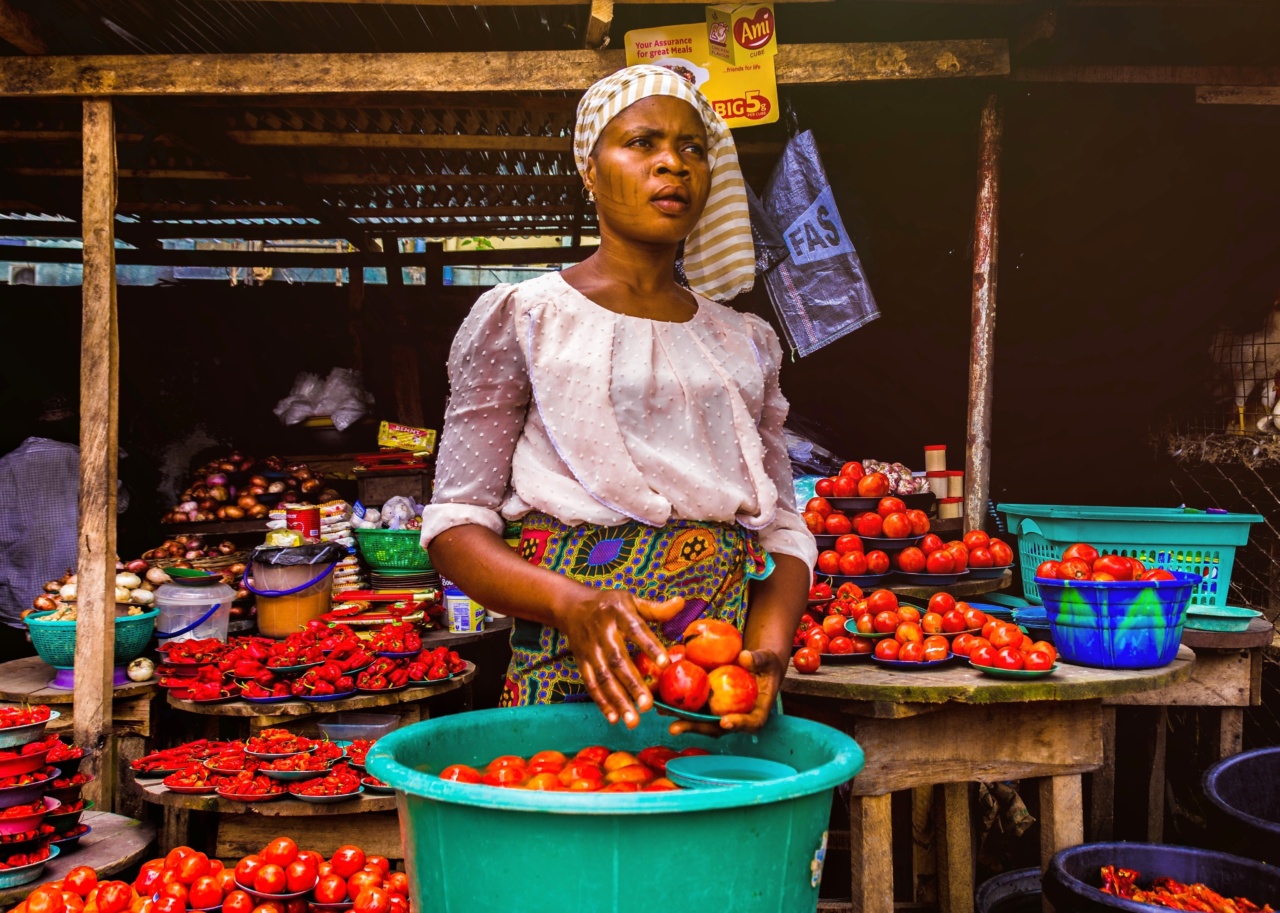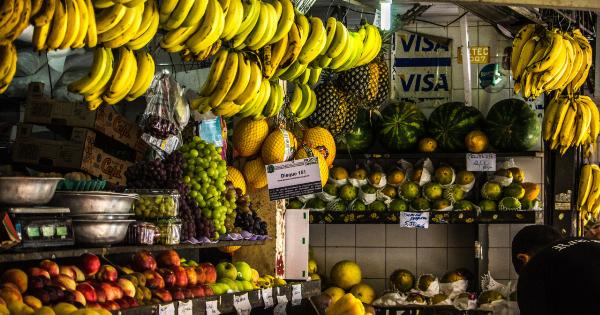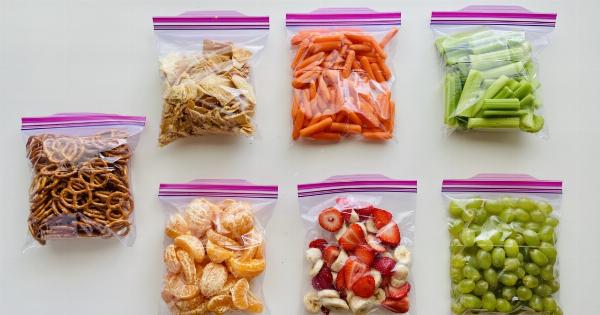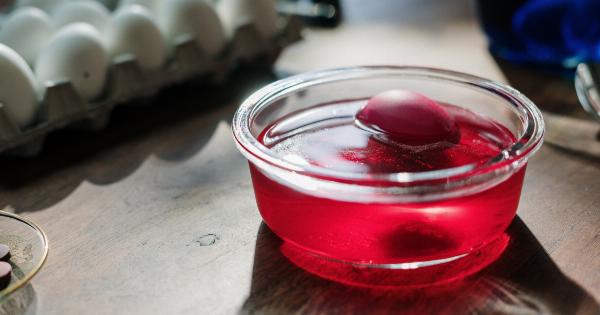Fruits and vegetables are an essential part of a healthy diet. They provide us with essential nutrients and vitamins that are vital for our well-being. However, it’s important to store them properly to maintain their freshness and prevent spoilage.
In this article, we will provide expert advice on storing fruits and vegetables to maximize their shelf life and nutritional value.
Understanding the Basics of Fruit and Vegetable Storage
Before delving into specific storage techniques, it’s important to understand the basics of fruit and vegetable storage. Here are a few key points to consider:.
1. Temperature
Temperature plays a crucial role in the storage of fruits and vegetables. Most fruits and vegetables thrive in cool temperatures ranging from 32°F to 55°F (0°C to 13°C).
However, there are exceptions, such as bananas and tomatoes, which are best stored at slightly higher temperatures.
2. Humidity
Humidity levels also have a significant impact on the storage of fruits and vegetables. While some fruits and vegetables prefer low humidity, others require high humidity levels.
Maintaining the right humidity levels can help extend the shelf life of produce.
3. Ethylene Gas
Ethylene gas is a natural plant hormone that plays a role in the ripening process of fruits and vegetables. Some fruits and vegetables produce ethylene gas, while others are sensitive to it.
Storing ethylene-sensitive produce with ethylene-producing ones can result in accelerated ripening and spoilage.
Storing Fruits
Let’s now take a look at some expert advice on storing different types of fruits:.
1. Berries
Berries, such as strawberries, blueberries, and raspberries, are highly perishable fruits. It is recommended to store them in the refrigerator, unwashed and in their original packaging or in a breathable container.
Avoid washing them until just before consuming to prevent moisture buildup and prolong their freshness.
2. Citrus Fruits
Citrus fruits like oranges, lemons, and grapefruits prefer a cool and well-ventilated environment. They can be stored at room temperature for up to a week or in the refrigerator for even longer shelf life.
However, keep in mind that prolonged refrigeration can affect their taste and texture.
3. Apples
Apples can be stored in a cool, dark, and well-ventilated place, such as the refrigerator or a root cellar. To prevent them from softening and becoming mealy, store them separately from other fruits and vegetables as they produce ethylene gas.
Storing Vegetables
Now, let’s explore expert advice on storing various vegetables:.
1. Leafy Greens
Leafy greens, including lettuce, kale, and spinach, should be stored in a perforated plastic bag in the refrigerator’s crisper drawer. Wrapping them in a damp paper towel can help maintain the desired humidity level and prevent wilting.
2. Root Vegetables
Root vegetables like carrots, potatoes, and beets can be stored in a cool, dark, and well-ventilated place. Remove the greens (if attached) before storing as they draw moisture and nutrients from the roots, causing them to spoil faster.
3. Tomatoes
Tomatoes are best stored at room temperature until they fully ripen. Once ripe, they can be refrigerated to extend their shelf life. However, refrigeration can affect their texture, so it’s best to consume them within a few days.
4. Onions and Garlic
Onions and garlic should be stored in a cool, dry, and well-ventilated place. Avoid storing them in plastic bags or closed containers, as they need proper air circulation to prevent moisture buildup and sprouting.
Additional Tips for Fruit and Vegetable Storage
Aside from specific recommendations for different fruits and vegetables, here are some additional tips:.
1. Clean and Dry
Before storing, ensure that your fruits and vegetables are clean and dry. Remove any dirt or debris, as they can lead to the growth of molds and bacteria, accelerating spoilage.
2. Separate Ethylene Producers
As mentioned earlier, certain fruits and vegetables produce ethylene gas, which can speed up the ripening process.
Keep ethylene-producing produce, such as bananas and avocados, separate from ethylene-sensitive ones, like leafy greens and berries, to prevent premature spoilage.
3. Beware of Bruising
Handle your fruits and vegetables with care to avoid bruising. Bruised produce is more susceptible to spoilage as the damaged areas provide an entry point for bacteria and fungi.
4. Use Proper Storage Containers
Choose the right storage containers for your fruits and vegetables. For some produce, breathable containers like mesh bags or paper bags are preferable, while others are better stored in airtight containers.
Consult the specific storage recommendations for each fruit or vegetable to ensure optimal storage conditions.
Conclusion
Proper storage of fruits and vegetables is essential to maintain their freshness, taste, and nutritional value. By considering the temperature, humidity, and ethylene gas levels, you can prolong the shelf life of your produce and minimize waste.
Remember to follow the specific storage recommendations for each type of fruit and vegetable to ensure optimal conditions. With these expert tips, you can enjoy fresh and delicious fruits and vegetables for longer!.





























